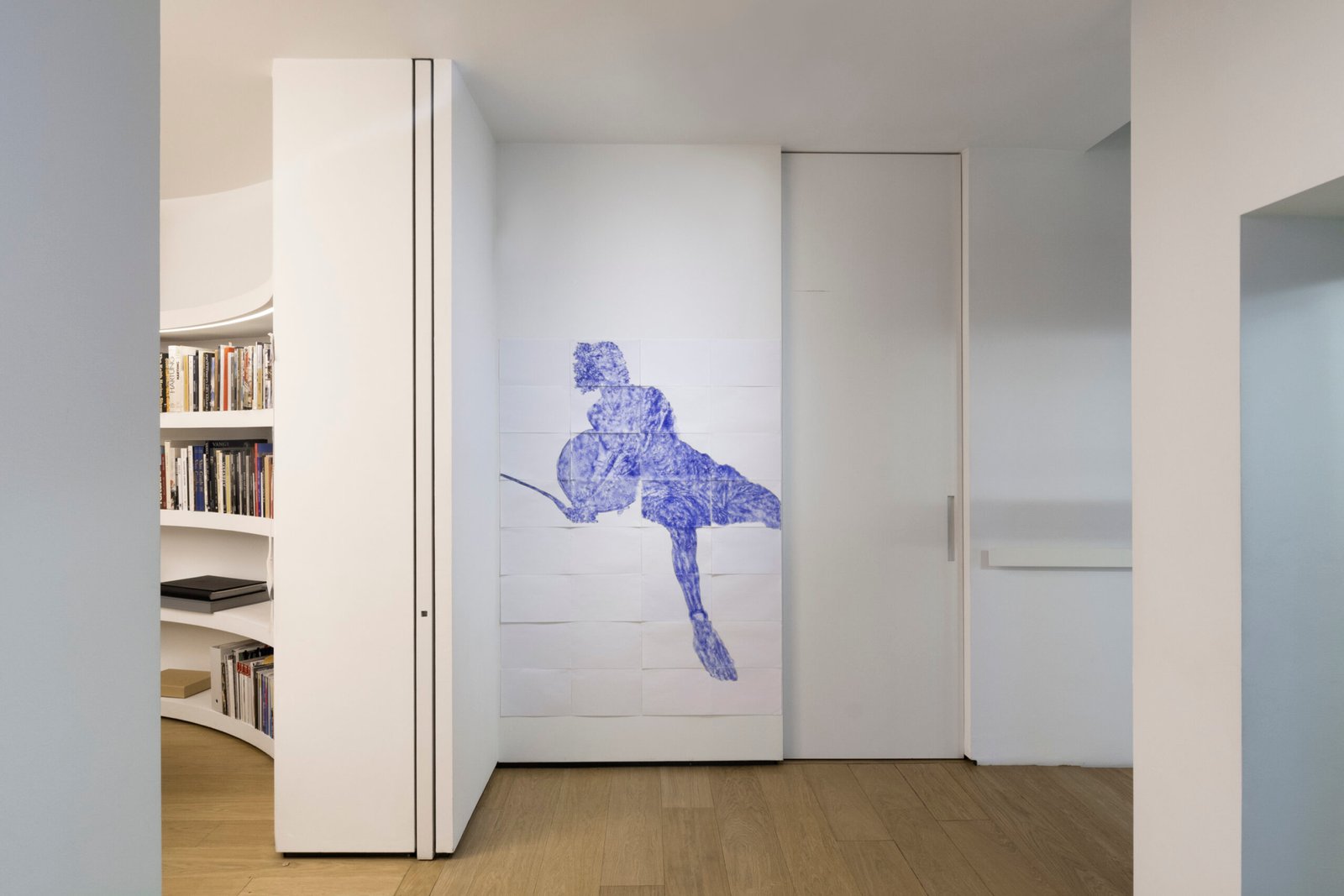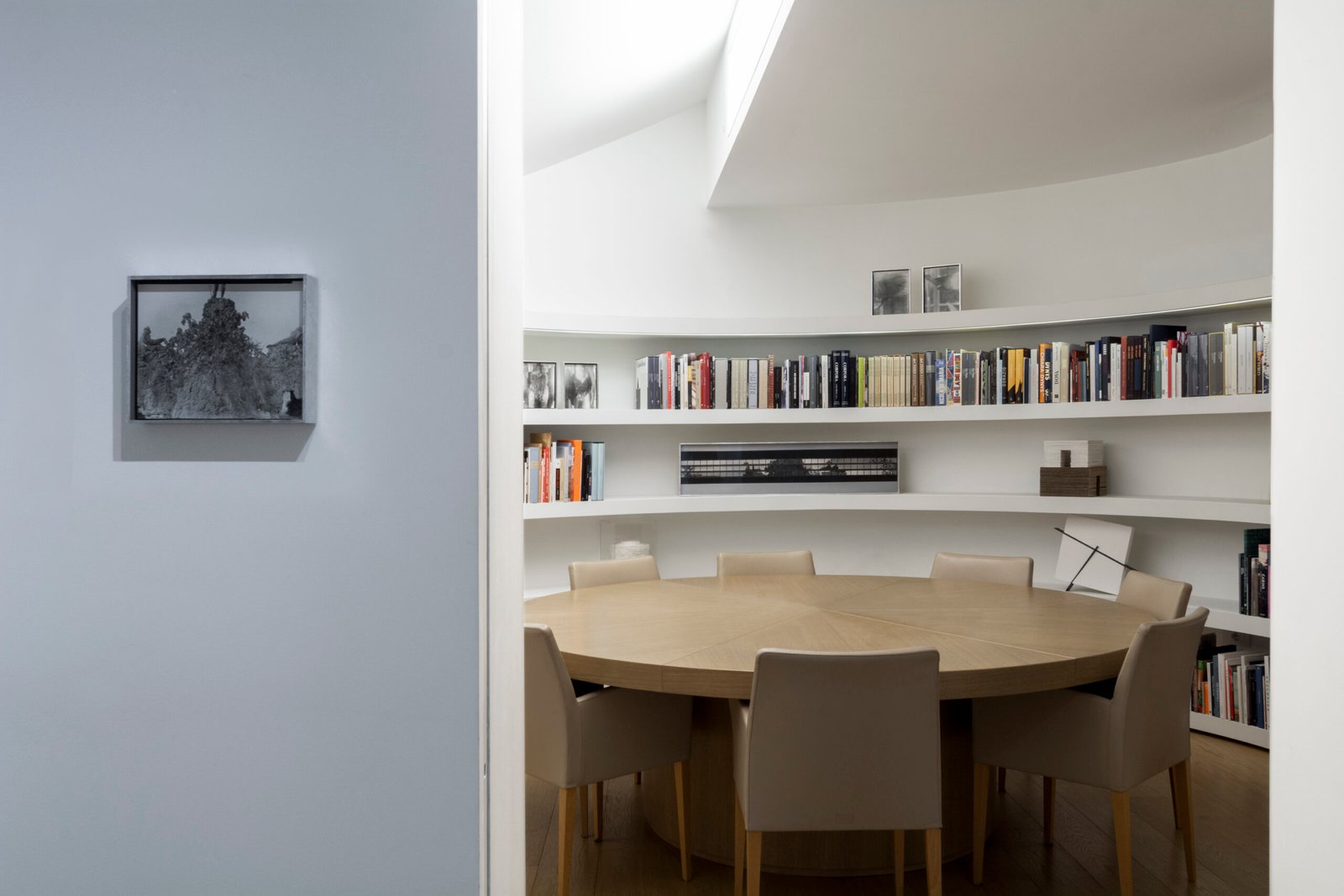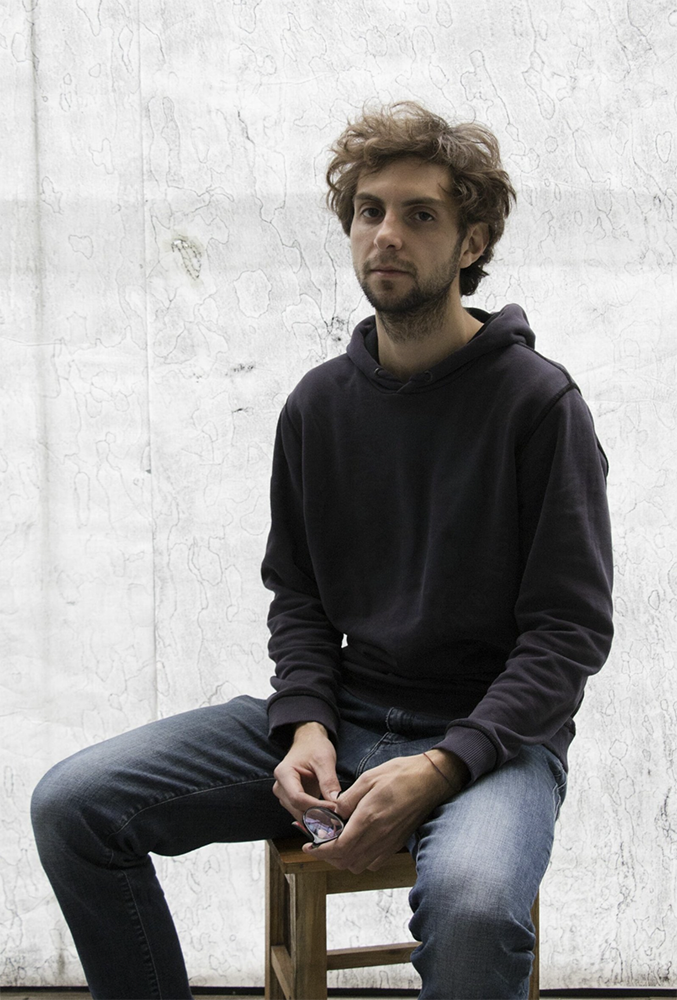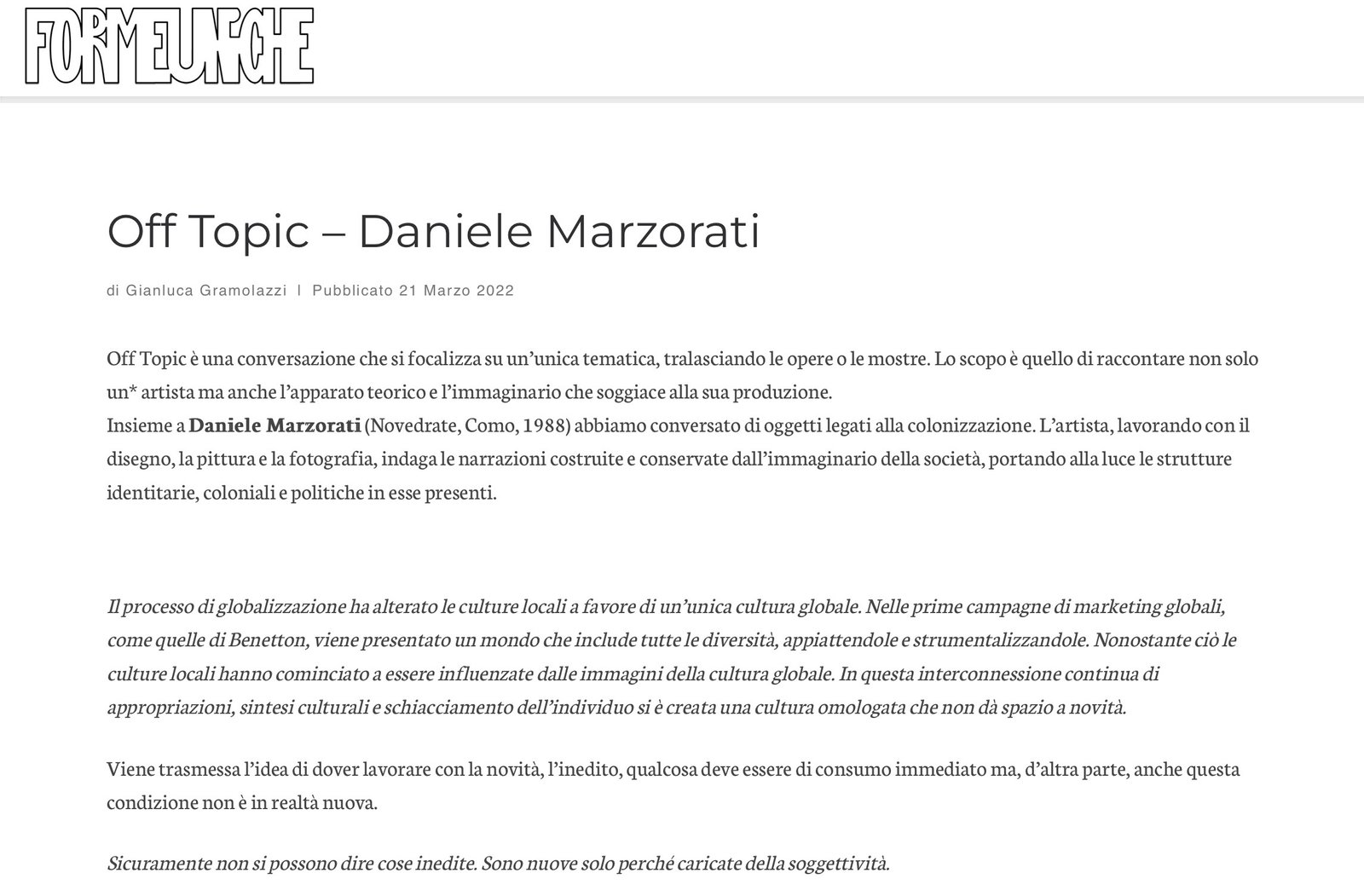Cercando di far conoscenza con Omo e Giuba
09.02.2022 – 19.03.2022
Edicola Radetzky and BUILDING present the project Cercando di far conoscenza con Omo e Giuba [Getting to Know Omo and Juba], a solo exhibition by the artist Daniele Marzorati (Novedrate, Como, 1988), curated by Irene Sofia Comi. With the patronage of the University of Parma – Natural History Museum, the exhibition is divided into two chapters: from February 9 to February 28 at Edicola Radetzky, a non-profit art space in viale Gorizia (Darsena), and from February 19 to March 19 at BUILDING.
Cercando di far conoscenza con Omo e Giuba is closely connected to Italy’s colonial past, and revolves around the figure of the explorer and army officer Vittorio Bottego (1860-1897). Investigating a number of tangible traces of the country’s repressed colonial past that are present in the city of Parma, the project explores how collective memory is represented in public space, and the experience of the zoological heritage of the colonial period in the museum.
The historical legacy of Vittorio Bottego, who became famous for his travels in the Horn of Africa, can be seen in his hometown, Parma, in the monument dedicated to him and the “Sala Bottego” in the Natural History Museum named after him, which among other things plays host to his own natural history collection. Examining these elements, which tell of Italy’s colonial past but could appear “neutral” to a normalized gaze, Marzorati investigates the narratives constructed and preserved by the imaginary of contemporary society, highlighting the underlying frameworks of identity, colonialism and politics.
In a sort of cultural “cross-over” between public and private spaces, Cercando di far conoscenza con Omo e Giuba is hosted by two venues in Milan: Edicola Radetzky and BUILDING. From two different perspectives, they analyze two historical sites that bear symbolic traces of a common identity narrative.
The public space of Edicola Radetzky displays photographic images in two different sizes from the research Marzorati conducted inside the Natural History Museum of Parma. These images have been created with the aim of going beyond the physical and cultural structure of the museum to get a closer understanding of the nature of the objects on display and enter into a dialogue with their past history and how they are remembered, through and beyond their surface.
In the private space of the BUILDING library, Marzorati presents sections of two drawings and a number of photographic prints focusing on the monument to Bottego. Rather than undertaking an operation of mere appropriation, the artist focuses on the statues of Omo and Juba that are part of the monument, personifications of two rivers in Ethiopia that Bottego explored. Marzorati sets out to recontextualize the figures, removing them from their position in the monument’s hierarchy and giving them a new, independent role.
The dialogue between Edicola Radetzky, BUILDING and Parma University and Museum was initiated by the curator Irene Sofia Comi with the aim of bringing together different types of bodies with different missions. The idea was to create an extended systemic and institutional network capable of connecting different kinds of places in the city, each with its own specific identity and mission, and to forge a dialogue between two regions, and the stories and figures of two different cities, Parma and Milan.
Marzorati approached the project by developing different formats and visual solutions. In some cases, he worked on the photographic negatives to enlarge the size of the fauna portrayed, as can be seen in the prints on canvas presented at Edicola Radetzky, which mimic advertising billboards and guide the observer’s gaze towards perceiving these “objects” as animals, capturing their physical essence. In other cases he reduced the proportions of the bodies, as can be seen in the drawings in blue ballpoint exhibited at BUILDING. Using various sheets of paper he has segmented the two sculptures of Omo and Juba, isolating various details and rendering them more human and realistic, on a scale of 1: 1 with the viewer.
Both venues also display a selection of photographs that are prints from large format negatives (20 x 25 cm).
At the end of the exhibition at Edicola Radetzky, on February 28, part of the negatives presented there will be transferred to the BUILDING library. Positioned between the shelves, creating a visual dialogue with the shots dedicated to the Bottego monument, the negatives will give rise to an alternative interpretation, drawing on intensive, active archive research, from the monument to the museum collection, from the public to the private space.
The exhibition Cercando di far conoscenza con Omo e Giuba presents the first part of a broader research project the artist has been working on since 2019 and which takes in not only Parma and Milan but also Florence, Faenza and Udine. His aim is to explore the semantic boundaries and cognitive abilities we implement in the act of observing, entering into the contemporary debate on our post-colonial gaze on the world around us.

















